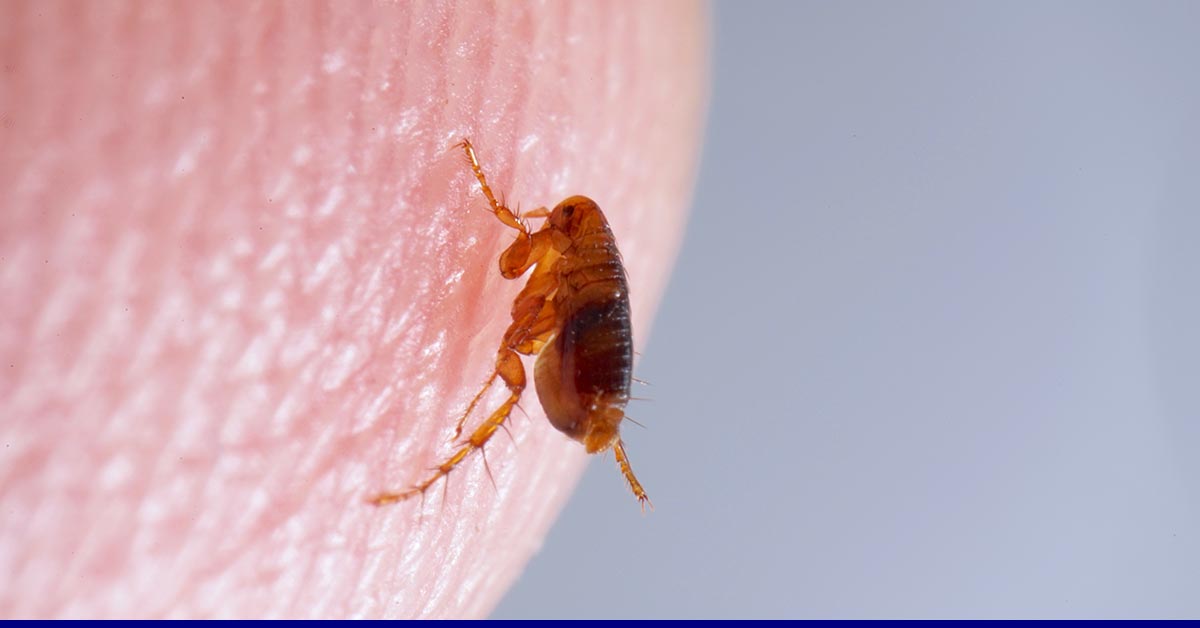weatherontheair.com – Fleas, small wingless insects belonging to the order Siphonaptera (meaning “wingless siphon”), are external parasites that feed on the blood of mammals and birds. While often considered a nuisance for pet owners, fleas can also transmit diseases and cause significant discomfort. This article delves into the world of fleas, exploring their biology, life cycle, host preferences, health implications, and control strategies.
Physical Characteristics: Adapted for Parasitic Life
Fleas possess several key physical adaptations for their parasitic lifestyle:
- Small, Wingless Body: Their small, laterally flattened body allows them to move easily through the fur or feathers of their hosts.
- Strong Legs: They have powerful legs adapted for jumping, enabling them to move quickly between hosts or escape danger.
- Backward-Facing Spines: Their bodies are covered in backward-facing spines and combs that help them grip onto the host’s fur or feathers.
- Piercing-Sucking Mouthparts: They have specialized mouthparts designed for piercing the skin and sucking blood.
Life Cycle: Complete Metamorphosis
Fleas undergo complete metamorphosis, with four distinct life stages:
- Egg: Flea eggs are small, white, and oval-shaped. They are typically laid on the host but can also fall off into the surrounding environment.
- Larva: The larvae are small, worm-like creatures that feed on organic debris, including flea feces (which contains digested blood).
- Pupa: The larva pupates within a silken cocoon, where it transforms into an adult flea.
- Adult: The adult flea emerges from the cocoon, ready to find a host and begin feeding.
Diversity and Classification: Different Flea Species and Host Preferences
There are over 2,500 species of fleas worldwide. Some of the most common species include:
- Cat Flea (Ctenocephalides felis): The most common flea found on cats and dogs.
- Dog Flea (Ctenocephalides canis): Less common than the cat flea, but can still infest dogs.
- Human Flea (Pulex irritans): Can infest humans, but prefers other hosts such as pigs and dogs.
While fleas have preferred hosts, they can often infest other animals if their preferred host is not available.
Habitat and Distribution: Dependent on Host Availability
Fleas are found globally, wherever their hosts are present. They thrive in warm, humid environments.
Feeding and Diet: Obligate Blood Feeders
Adult fleas are obligate blood feeders, meaning they require blood to survive and reproduce.
Health Implications: Irritation, Allergies, and Disease Transmission
Fleas can cause various health problems for both animals and humans:
- Flea Bite Dermatitis: The most common problem is flea bite dermatitis, which causes intense itching and skin irritation.
- Flea Allergy Dermatitis (FAD): Some animals are allergic to flea saliva, which can cause severe skin reactions.
- Tapeworms: Fleas can transmit tapeworms to pets if they ingest infected fleas during grooming.
- Diseases: In rare cases, fleas can transmit diseases such as murine typhus and plague (though plague is more commonly associated with rodent fleas).
Signs of Flea Infestation: Itching, Flea Dirt, and Flea Sightings
Common signs of a flea infestation include:
- Excessive scratching, biting, or grooming by pets.
- Small, dark specks (flea dirt – flea feces) on the pet’s fur or bedding.
- Seeing live fleas on the pet or in the environment.
- Small, itchy red bumps on human skin, often around the ankles and legs.
Control and Prevention: Integrated Approach
Controlling flea infestations requires an integrated approach targeting all life stages:
- On-Animal Treatments: Using flea medications prescribed by a veterinarian, such as topical treatments, oral medications, or flea collars.
- Environmental Treatments: Thoroughly cleaning and vacuuming the home, washing pet bedding, and using insecticidal sprays or foggers.
- Yard Treatments: Treating the yard with insecticides to control fleas in the outdoor environment.
- Regular Grooming: Regularly grooming pets can help detect fleas early.
Conclusion: Managing Flea Populations for Health and Comfort
Fleas are persistent parasites that can cause significant discomfort and health problems for both animals and humans. Understanding their biology, life cycle, and effective control strategies is essential for managing flea populations and protecting the health and well-being of our pets and ourselves. A multi-pronged approach focusing on both on-animal and environmental treatments is the most effective way to eliminate flea infestations and prevent future problems.
